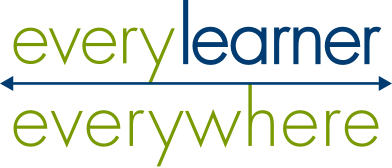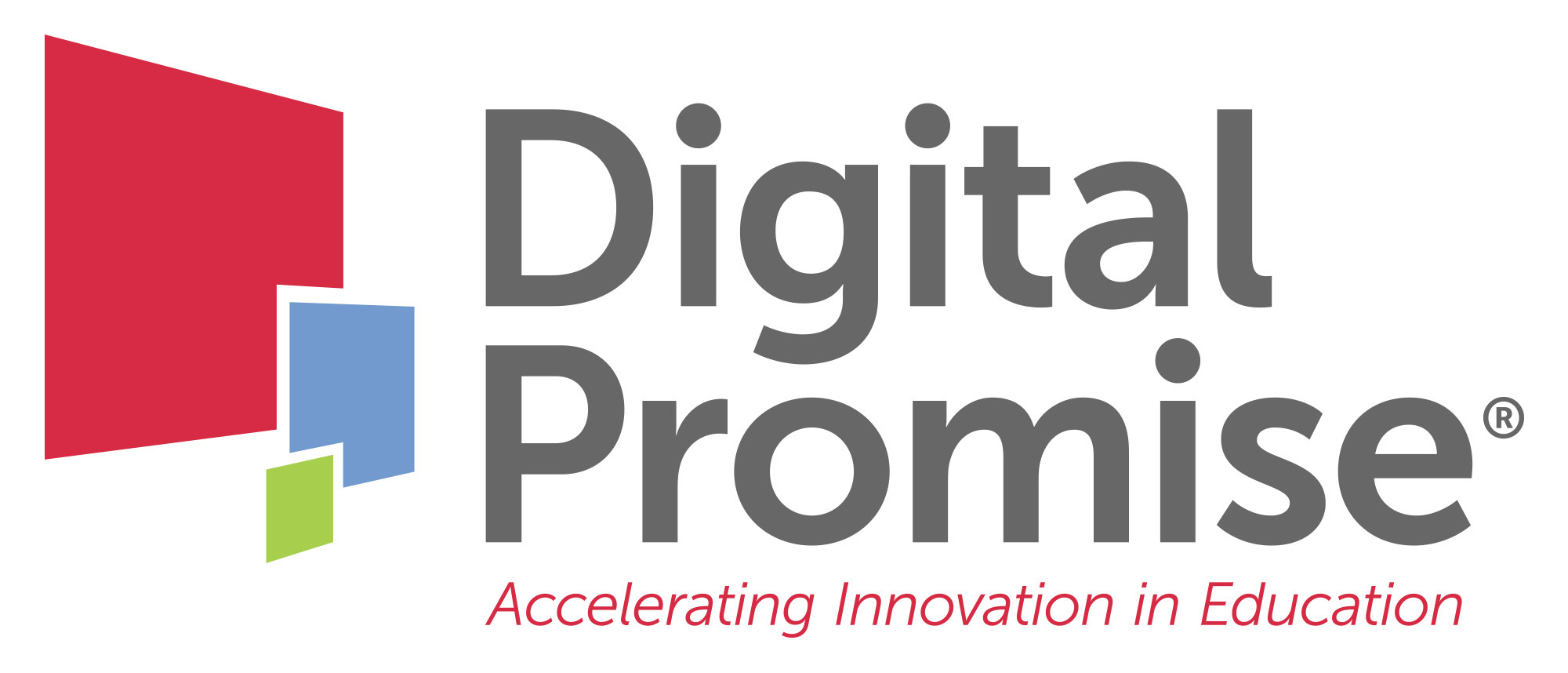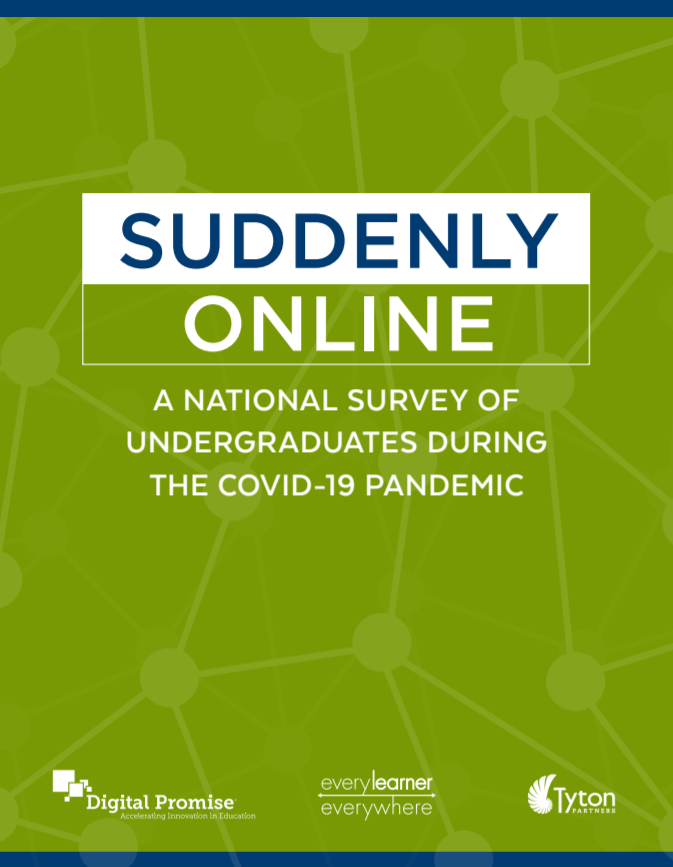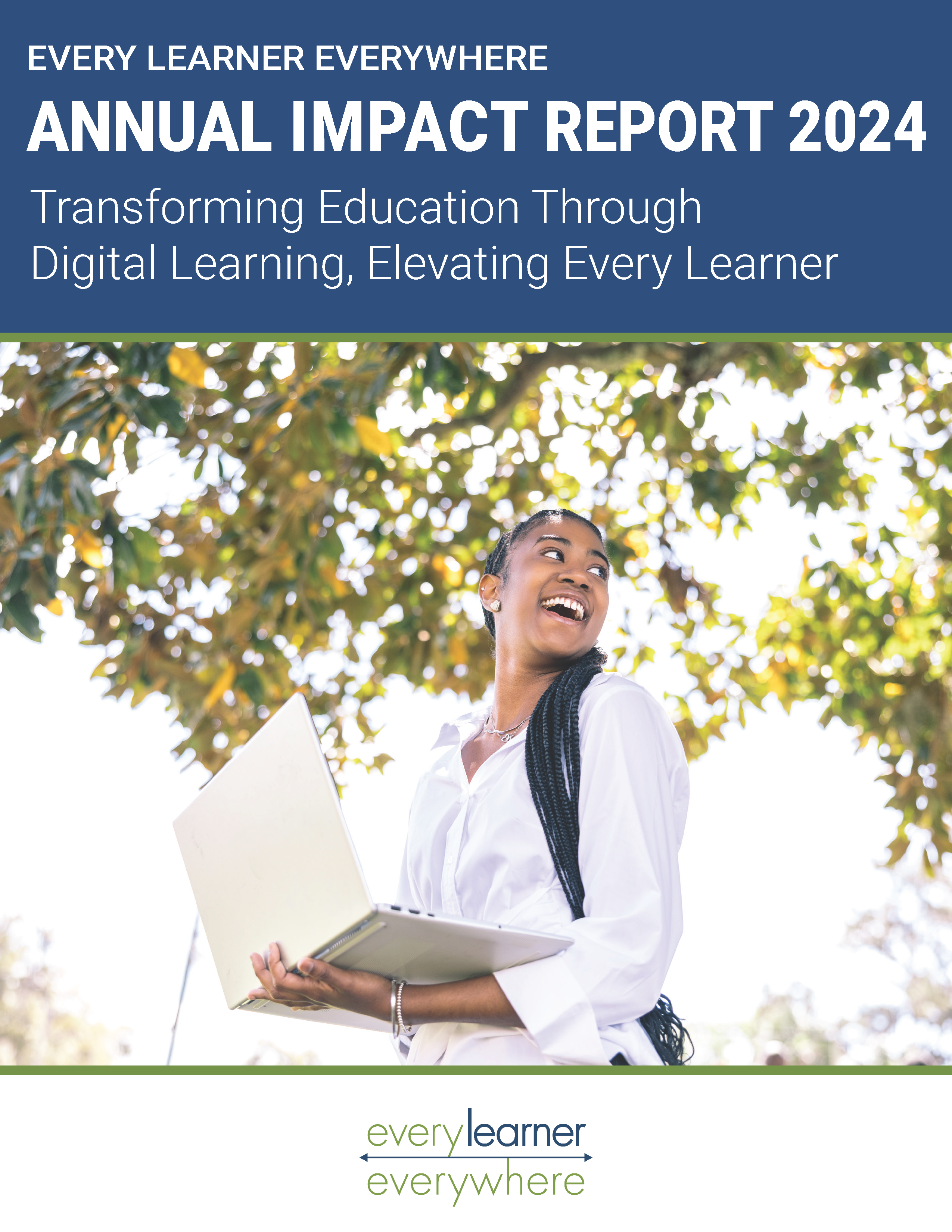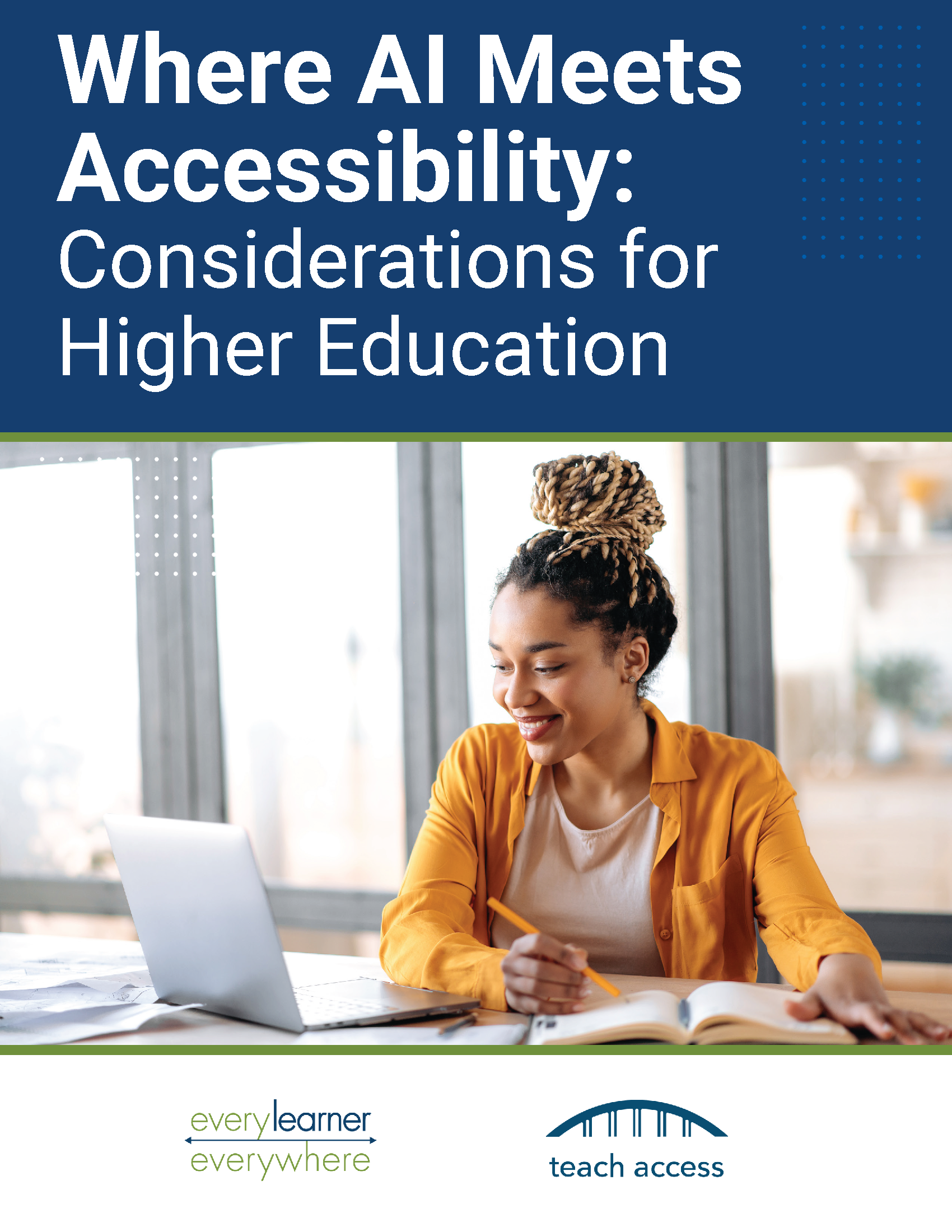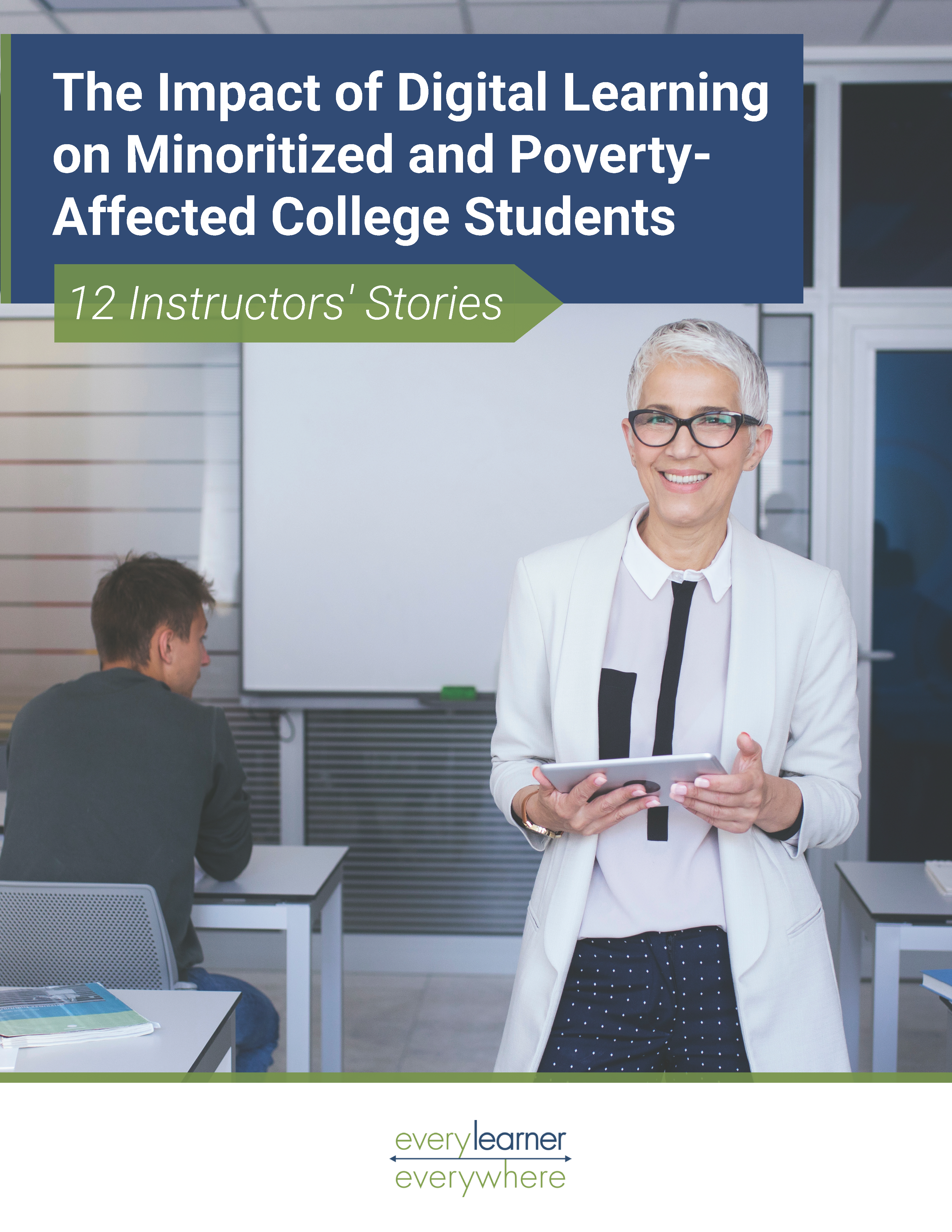College students’ satisfaction dropped sharply after schools shifted to all-online courses during the COVID-19 pandemic. Undergraduate students struggled to stay motivated and missed receiving feedback from instructors and collaborating with fellow students. Significant numbers of students had problems with their internet connections, software, or computing devices—serious enough to impede their participation in their courses. Still, most students did not attribute their struggles to poor instructor preparation or limitations inherent in online learning. Moreover, online courses that used a larger array of recommended online teaching practices had much higher student satisfaction levels than the courses that used fewer of them. This report describes these and other results from Digital Promise’s national, random-sample survey of more than 1,000 college students whose coursework moved suddenly from in-person to completely online this spring.
Download ReportRecommended Citation
Means, B., and Neisler, J., with Langer Research Associates. (2020). Suddenly Online: A National Survey of Undergraduates During the COVID-19 Pandemic. San Mateo, CA: Digital Promise.
Other Related Resources
May 2025
In this annual impact report, read about the network’s impact in areas of the services we provide institutions, our thought leadership in the field, and engagements with students. In addition, we recap our 2024 network convening, spotlight institutional services, feature our student interns, and give readers a preview of what’s next for the network in 2025.
March 2025
As AI becomes increasingly embedded into educational settings and practices, it offers both opportunities and challenges. This comprehensive resource will help navigate both aspects — demonstrating how AI can help overcome technology barriers, including various recommendations for integrating accessible AI across different areas of higher education.
August 2024
In this new resource, 12 instructors from a variety of two-year and four-year institutions share their experiences adopting digital learning tools to promote equity and improve learning outcomes for historically marginalized and under-resourced students. Their narratives highlight successes as well as bumps in the road as they implemented digital learning tools into their teaching.
